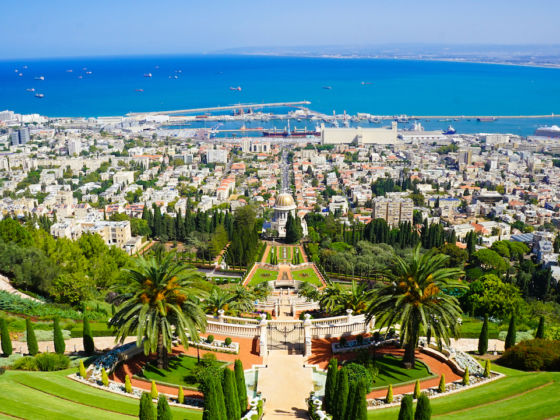Looking out to the Mediterranean from the hill city of Haifa, on a peninsula jutting out from Israel’s northwestern coast, you just may see a sliver of land in the distance: Lebanon.
It was barely visible one gray afternoon in the spring, as was a lone naval ship, presumably protecting Israel’s shores.
Together, these two images served as a subtle reminder of the summer two years before, when missiles shot by Hezbollah rained down on the city. Incoming missile alarms sounded multiple times a day, and Haifa effectively shut down for the month of July as residents holed up in underground shelters.
The shuttered Haifa still dominates the world’s perception of the city, but it is not the only Haifa its residents know.
